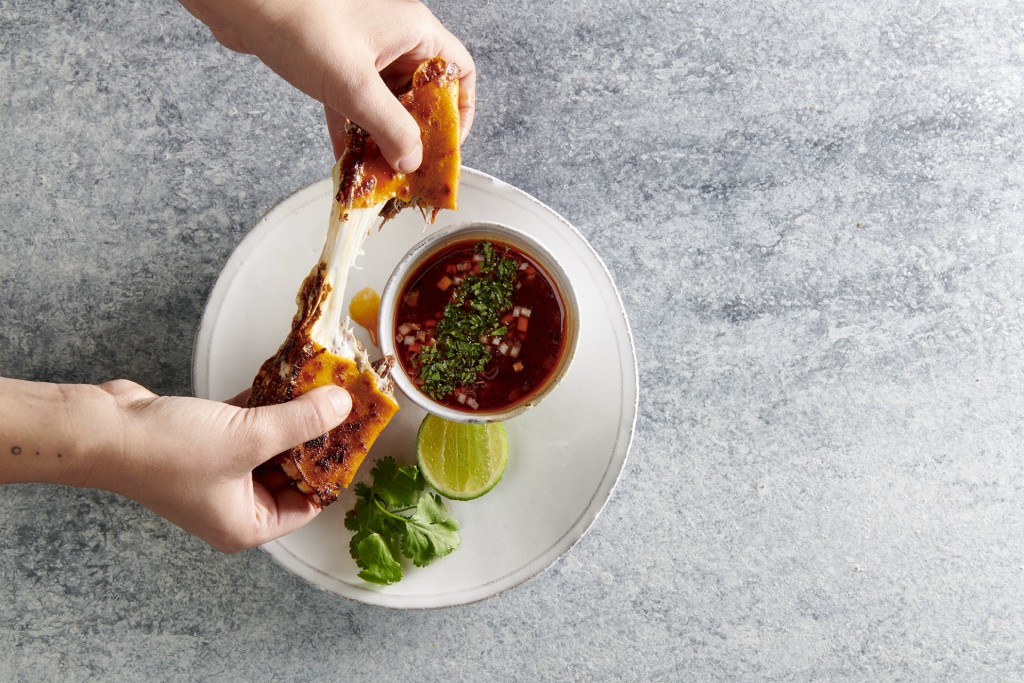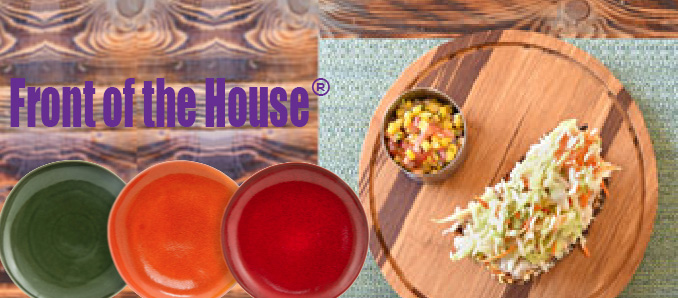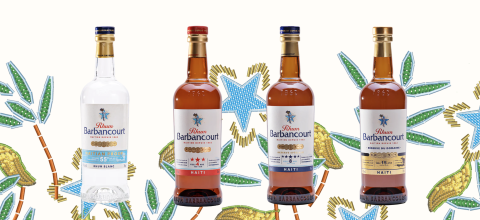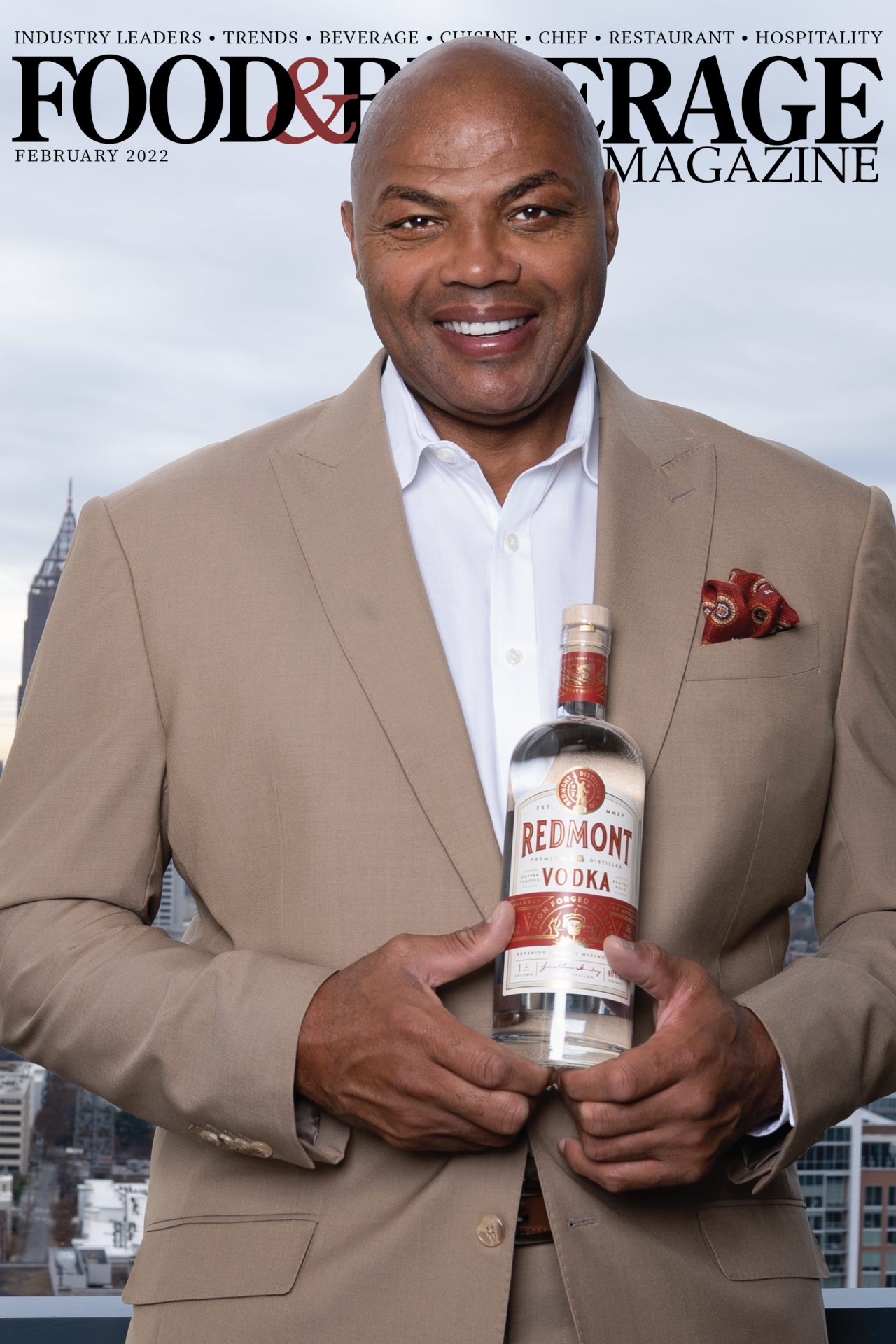By Ryan Slattery
To say that Joshua Weissman has been cooking his entire life isn’t an exaggeration. From what he recalls, the 27-year-old social media star and best-selling cookbook author fell in love with cooking at the age of three when he says he was regularly in the kitchen assisting his mom–a Texan who specialized in cooking Southern dishes, like chicken fried steak.
Textural Dynamics: Elevating Culinary Excellence Beyond Taste
As a kid, Weissman was told that food cooked at home was better than anything you could find in a restaurant. He said he never argued because his mom was one helluva cook.
“She was like we’re gonna make it and it’s going to be better at home,” he recalls. “She would say, ‘It’s healthier for us and it brings the family together.’ I was all about it. There was a sort of magic about it that I loved.”
By the time he was eleven, Weissman was developing and selling recipes to local magazines. At 17, he published a diet-related cookbook with a “bunch of sort of weird, confusing things,” he says in retrospect. “But if a book publisher offers you a deal, are you gonna say no at 17? I was writing recipes at that age because I wanted to.”
With 8 million YouTube subscribers, 7 million on TikTok and 1.6 million Instagram followers, it’s safe to say the content creator has come a long way in the past decade. Now, fresh off his #1 New York Times bestseller, Joshua Weissman: An Unapologetic Cookbook, he’s releasing a new cookbook, Joshua Weissman: Texture Over Taste, this October.
“I’d love to say that I had this grandiose plan, a long-term goal, but I didn’t realize what I was building at the time,” Weissman says.
His social media videos are both fun and educational. His “But Cheaper” videos show how to save dough and make simple dishes, while his “But Better” series is a tutorial on how to recreate popular fast food favorites from scratch. Things like Dominos pizza, IHOP pancakes and Popeyes chicken sandwich.
“The whole point of the [But Better] series is to remind people that making something great doesn’t require rocket science,” he says. “So it’s kind of like second nature to me. I can go and eat anything and be able to recreate a recipe for it.”
But one of Weissman’s favorite videos was when he caught and then cooked king crab in the Arctic Circle, then challenged a famous Norwegian chef in a cooking competition.
“It was the most adventure that I had had in years because I’m always in the kitchen working on recipes or filming,” Weissman explains. “So it was cool to get out and do something big.”
Weissman’s next big thing is Texture Over Taste. The 75 recipe cookbook explores how six influential textures impact flavor. In the “Crunchy” chapter, readers will learn how to make fried chicken, churros, and arancini. “Chewy” features recipes like New York-style bagels, pastrami bacon, and baseball-sized chocolate chip cookies. “Aerated” features a cheese foam, and challah bourbon french toast casserole. Readers will learn how to make buttery mashed potatoes, baked mac and cheese, and tres leches in the “Creamy” section, while “Fluid” means birria tacos, milkshakes, and matzo ball soup. And finally, “Fatty” features a 72-hour short rib, pork belly, and a Texas toast smashburger.
“I scanned the cookbook marketplace to see what hasn’t been talked about,” explains Weissman on how the book came about. “The one thing they all talked about was flavor. I felt like that was a disservice to cooking great food because it’s missing the other half of the conversion which is texture. So that’s what I wanted to focus on.”
Read Also: Esmé: Blending Art and Food in Chicago’s Michelin Star Scene
He continued, “Cooking can be as complicated or as simple as you want it to be. If you’re just starting out then I hope you’re thinking about how to apply these things to your cooking. For a more experienced cook, they can pick up some additional knowledge on how great texture is achieved.”
Weissman’s favorite thing to make right now are birria tacos made from oxtail or short rib and served with a chile sauce. A recipe you’ll find in the book.
“I’m a big fan. I make them all the time,” he says. “Technically, it’s done with goat, but I like it with beef just because it’s easier to market to some of my friends.”








